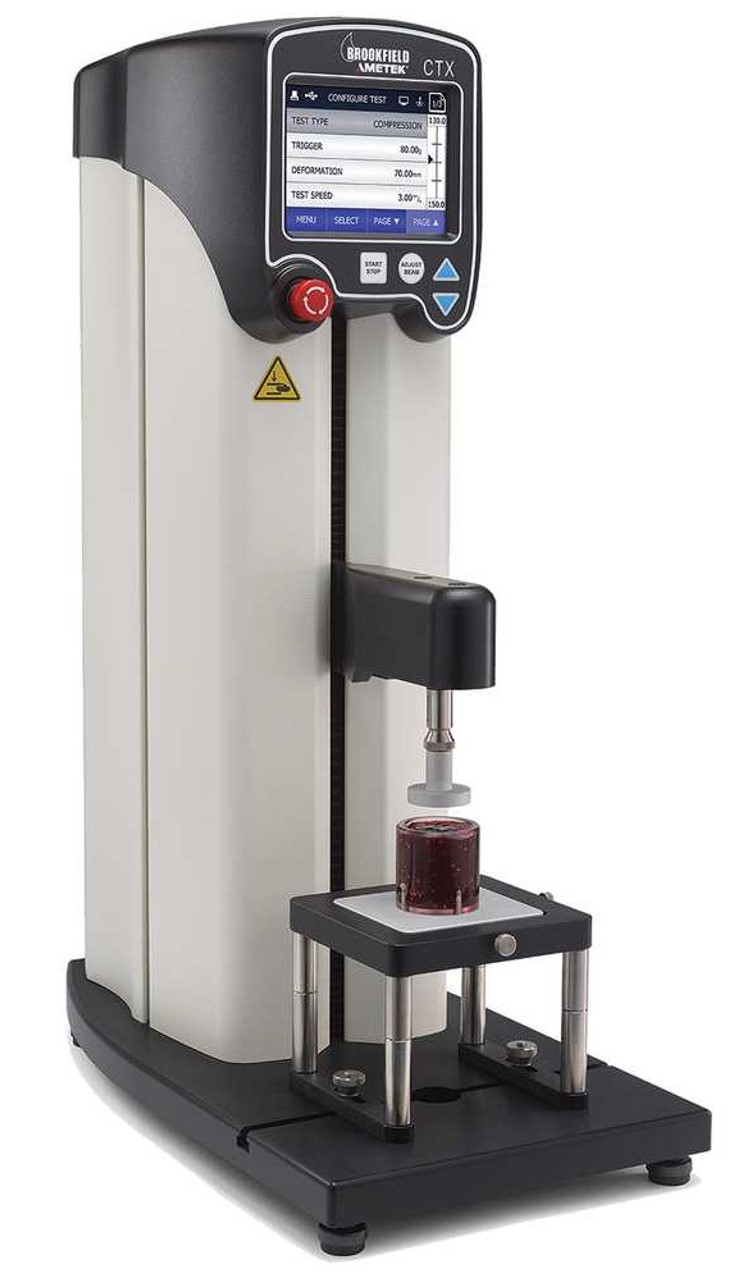Texture Analysis: A Science of Food

Texture analysis is a scientific discipline that measures the subjective qualities of food items, their intermediate parts, and their functional elements. The rheological and physical characteristics of food can be expressed in texture in a scientific sense. According to research, a food product's texture affects consumer choice and preference as well as determining it. The handling and processing techniques used to prepare food products depend on the intended texture as well. Consequently, it is essential for success to consistently reproduce the ideal texture for each unique food product.
Based on sensory or instrumental techniques of analysis, there are typically two basic categories for describing food texture. The five senses of sight, smell, taste, sound, and touch are all used in sensory analysis. In addition to using the lips, tongue, palate, and teeth in the mouth, one may use their fingertips to assess the texture of food. Although hiring experienced assessors can lessen this variability, sensory techniques of analysis are frequently prone to considerable variability. Combining instrumental and sensory techniques for evaluating food texture is frequently preferred since the latter can be more efficient and cost-effective.
To estimate how food will feel when consumed, utilise the Texture Analyser (see Figure I). Additionally, it may measure how the food item performs while being handled or processed. When utilising instrumental texture analysis, sample heterogeneity rather than instrument imprecision is more likely to be the source of variability issues. The obvious benefits of instrumental texture analysis are its efficiency in terms of both time and money.
What is a Texture Analyser?

The Texture Analyser is a mechanical tool that measures how food reacts as it is touched, held, bit into, and chewed in the mouth before being swallowed. For the past 70 years, academics have been examining the behavioural traits of meals using the Texture Analyser. The Leatherhead Food Research Association created the texture analyser in response to the food industry's need for a rapid but sophisticated, economical, and objective means of evaluating the texture of their goods (now known as Leatherhead Food International).
The Texture Analyser functions as a lab balance that is turned upside down. In a compression test, the measurement is "initiated" when the probe detects the sample surface (point of initial contact), providing a reliable starting point for the texture test. In Figure 2, To compress or expand the food sample, the Texture Analyzer moves the probe at a set speed in either an upward or downward direction. A load cell installed on the travel beam measures the force exerted on the food in response to the imposed circumstances.
The Texture Analyser continually records the force load acting on the food sample while deforming it to either a set distance (for example, 5 or 10 mm) or% a change in height (for example, 50%). The sample's force load response is then continually observed by the instrument during the upstroke as the travel beam returns to its starting location. During this stage, parameters like "stickiness" are determined by calculating the force load necessary to break the contact between the probe and the sample. Sensory test panels can be used to quantify and correlate properties including hardness, stickiness, springiness, chewiness, cohesiveness, resilience, snap strength, extrusion force, cutting force, and biting force, among many others.
For more information how can Texture Analyser help in your food production, or how to achieve more accurate test results talk to our team of specialist today.
|
To Find Out More |
